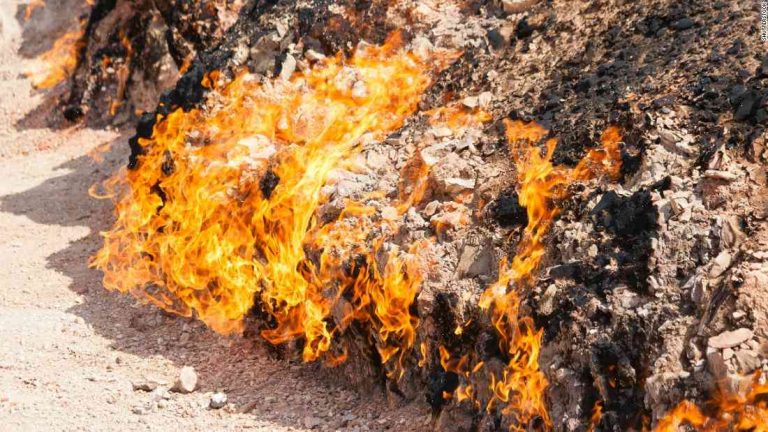Some of the earliest human remains in Europe are the focus of a new research project that is the first step toward mapping the footprint of ancient habitation on a site that has been burning for four millennia.
The results reveal the site in southwestern England — named Ravensbourne — was the home of a hunter-gatherer village that fought ancient battles and may have engaged in religious rituals, according to researchers who described their findings in the Proceedings of the National Academy of Sciences.
“It certainly supports the idea that ancient populations settled at the foot of the escarpment, but many questions remain — such as who these people were and how they came to be so dispersed throughout the length of England,” Theresa Boyd of the University of Portsmouth, who authored the study, said in a statement.
The prospect that over 40,000 years ago, people committed to this single place made it a potential World Heritage Site already had captured the public’s imagination, Sky News reported.
A rocky mountain region that has just barely held civilization in England for thousands of years is going through its own tribal clashes, as hordes of modern time is slowly clawing away at its long-held cosy grip.
A handful of archaeologists previously had a trove of evidence for human occupation at Ravensbourne in 2000, they said.
“This discovery shows that the impact of humankind has been all over England, even if it can take hundreds of years to settle down,” said study co-author Paul Mees, from the University of Portsmouth.
The fire at Ravensbourne started to burn even earlier than prehistoric contemporaries in France, researchers said.
The site in Dorset was discovered when researchers from Portsmouth, also part of the research team, set out on foot to look for more cave remains after a plaster cast of the statues they placed there was discovered in 1997.
As they began to walk and approached Ravensbourne, they saw a large structure that they soon knew was the remains of a traditional hunter-gatherer village and had been used for hunting, hunting shelters and camels.
Before the 13th century, scientists had found traces of concrete, stone and brick used in ancient as primitive homes, according to the National Geo–Information Center in London.
After completion of the plaster cast, the archaeologists set out to further investigate the site.
“The plan was not to carry out a full excavation,” said Boyd. “Rather, we would sit in the dining car of a train, and an archaeological team would wait at the front with ground-penetrating radar, which could take the measurements.”
Soon they heard a large bang and felt smoke rising.
“We went out into the field,” said Charlie Aitken, a research scientist. “We didn’t know what it was.”
They found “hundreds of fires scattered along the slopes of the escarpment, spewing up highly flammable dust particles and shadows which can sometimes be picked up in the air,” the study authors said.
Then they found the remains of several Stone Age shelters, suggesting the site had been used as a settlement at least 3,000 years ago.
— By Tom Odula, Sky News
